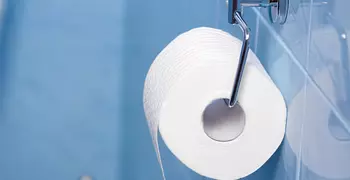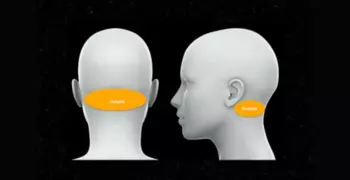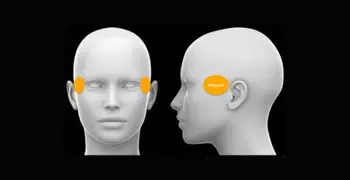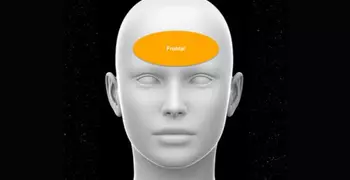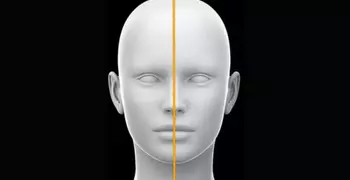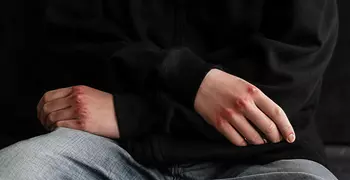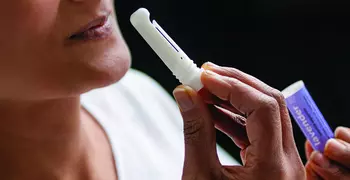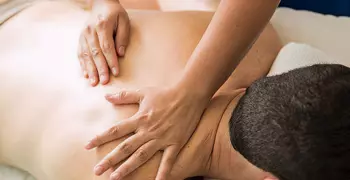Acupressure Therapy for Cancer & Rare Disease Survivors
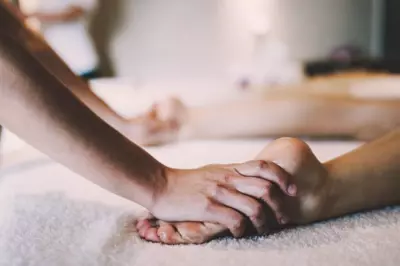
What is acupressure?
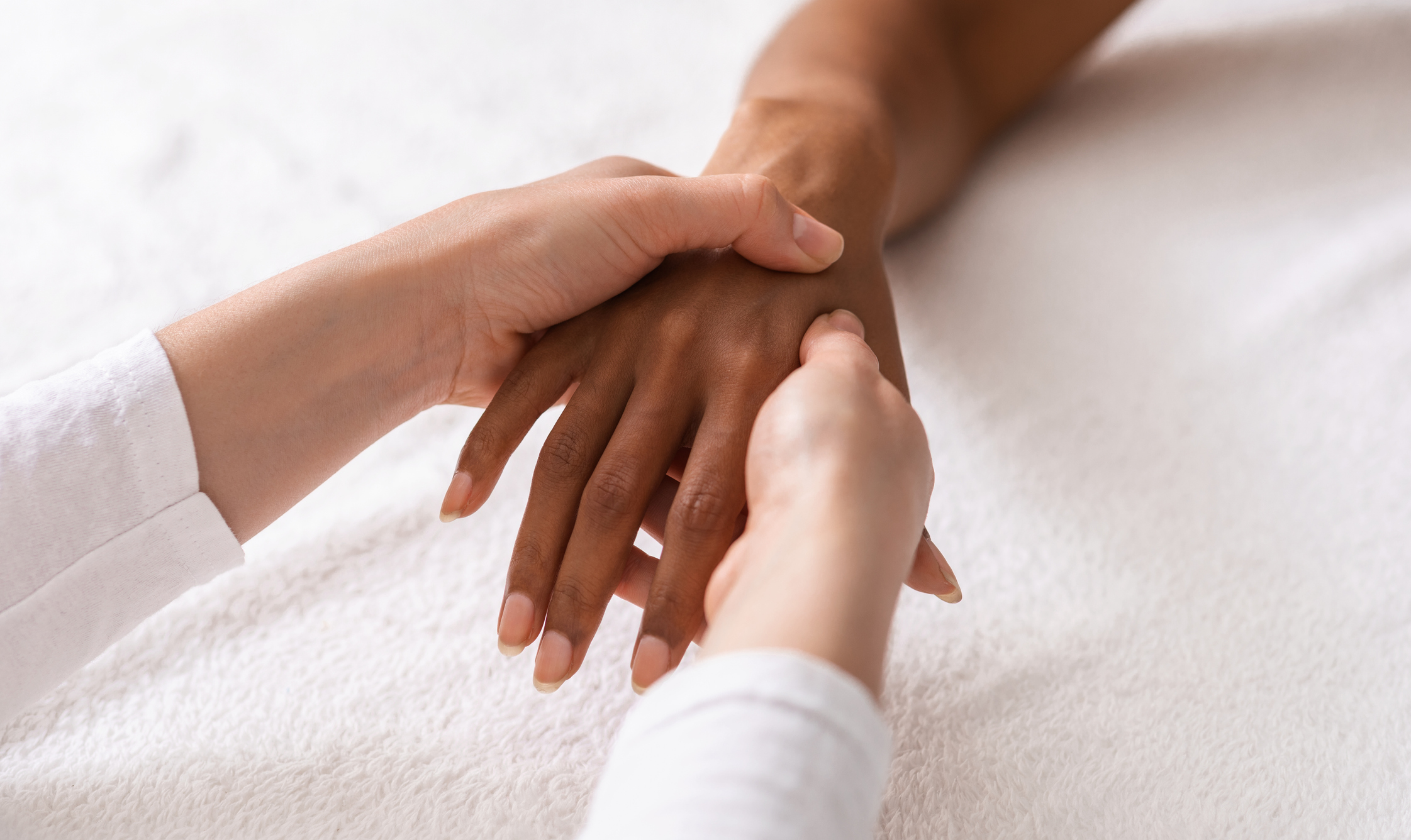 Acupressure, along with acupuncture, are types of acupoint therapy. Acupoint therapy is an umbrella term for a collection of techniques that stimulate points (known as acupoints) in the body to invoke healing. Acupoints are locations in the body that are sensitive to and conduct the body’s bioelectrical impulses. Stimulating these points creates changes to the nervous system, releases endorphins, increases blood flow and tissue oxygenation, and releases muscular tension, which in turn promotes an innate healing response. In addition to these physical responses, acupoint therapy is known to help soothe emotional tension and promote relaxation.
Acupressure, along with acupuncture, are types of acupoint therapy. Acupoint therapy is an umbrella term for a collection of techniques that stimulate points (known as acupoints) in the body to invoke healing. Acupoints are locations in the body that are sensitive to and conduct the body’s bioelectrical impulses. Stimulating these points creates changes to the nervous system, releases endorphins, increases blood flow and tissue oxygenation, and releases muscular tension, which in turn promotes an innate healing response. In addition to these physical responses, acupoint therapy is known to help soothe emotional tension and promote relaxation.
The techniques used in acupressure are founded in Traditional Chinese Medicine (TCM), a comprehensive medical system with over 4,000 years of history. Each acupoint has a specific function, based on its relationship to the meridian and organ system, the local anatomical region, and other aspects of Traditional Chinese Medicine theory. Because the body is connected by virtue of the meridians, stimulating an acupoint on one part of the body is believed to create a modulating, healing impact on other body regions.
What are the fundamental principles of Traditional Chinese Medicine?
Traditional Chinese Medicine (TCM) is based on the fundamental understanding that each individual has vital life force energy, known as qi, flowing through their body in distinct pathways called meridians. Hundreds of acupoints are located along the meridian pathways. Practitioners believe that when the flow of energy through the meridians is disrupted by injury, illness, lifestyle factors, or emotional stress, a person may start to experience unpleasant symptoms. Stimulating the acupoints promotes a balanced, smooth flow of qi to restore function, reduce symptoms, and improve overall health and wellbeing.
Acupressure vs. Acupuncture
You may be more familiar with acupuncture, as the term has been widely used. Acupressure utilizes the same medical theory used in acupuncture. However, in acupressure, gentle pressure is applied to specific locations on the body called acupressure points (also known as pressure points), instead of the insertion of an acupuncture needle. Pressure can be applied with the fingers, hands, elbows, or special acupressure tools. In some clinical settings, other tools such as magnets, lasers, or tuning forks may be used to stimulate acupoints. It is important that the person receiving acupressure is in a relaxed and comfortable position, either sitting upright or lying down. Acupressure can be performed over clothing or directly on the skin.
Benefits of Acupressure
Acupressure is useful for a range of concerns, such as body pain, headaches, digestive concerns, anxiety, and insomnia. Acupressure is commonly used to treat:
Gastrointestinal Disturbances
This includes constipation, diarrhea, and nausea.
Genitourinary Disturbances
This includes urinary retention, urinary incontinence, and bladder irritation/pain.
Pain
This includes headaches, jaw tension, sinus pressure, neck and shoulder tension, back pain, and abdominal pain.
Emotional & Mental Wellbeing
This includes anxiety, depressed mood, insomnia, and fatigue.
Women’s Health
This includes menstrual cramps, fertility, labor preparation support (for use when full-term), absent or minimal lactation postpartum, and perimenopause.
Because it is so effective, acupuncturists often use acupressure in their clinics when working with children, or with patients of any age who have highly sensitive nervous systems or are fearful of needles. In addition to acupuncturists, a wide range of other healthcare providers and caregivers have learned acupressure and offer it in a variety of settings, including, but not limited to, hospitals, clinics, Chinese Medicine clinics, chiropractic offices, and massage studios.
Special Considerations for Cancer and Rare Diseases
Acupuncture and related techniques are recommended as a complementary therapy for the management of cancer and other rare diseases, especially the pain, nausea and emotional difficulties associated with treatment and diagnosis. However, special considerations need to be made.
For instance, acupressure sessions may be shorter and gentler if you have sensitivities from disease or treatment. Treatments like surgery or radiation may require pressure point areas to fully heal before applying any pressure. Communication between your medical care team and acupressure practitioner is crucial to safe application.
Who can provide acupoint therapy?
There is a broad range of education, skill level, and practice scope when it comes to who provides the various types of acupoint therapy.
Acupressure is not regulated, so anyone can provide this therapy, particularly because it is reproducible and easy to learn. However, it is important for healthcare professionals to receive proper training from a reliable source before integrating acupressure into their practice. An individual can perform acupressure on themselves or someone else.
Note that acupuncture, unlike acupressure, is highly regulated and varies by state. Only licensed TCM providers and medical and osteopathic doctors and chiropractors with additional training can perform individualized TCM diagnostic assessments and puncture the skin with needles.
For more information on acupuncture in your state, visit the National Certification Commissioner for Acupuncture and Oriental Medicine, or the National Center for Complementary and Integrative Health.
Patients can also use certain acupressure techniques to perform self-care, which is discussed later in this article.
Important Safety Precautions Before Starting Acupressure
While acupoint therapy is safe most of the time for the majority of people, there are instances when it should be avoided or delivered with caution. You should not do acupoint therapy on any areas of the body where there are any of the conditions listed below:
- Broken, irritated or blistered skin
- Bruised areas
- Newly formed scars
- Areas with lines, tubes or devices
If any of the precautions listed below are present, use judgment to determine if acupressure is appropriate, and if so, to adjust the amount and duration of pressure applied.
- Low platelets
- Increased INR (Blood Clotting time)
- Clotting disorder
- Impaired (fragile) skin integrity
If you are pregnant, consult with a trained professional to ensure additional care and to cater acupressure for your specific needs.
If you have had a bone marrow transplant, be sure to provide this letter to your acupoint therapist.
Learn Acupressure for Self-care
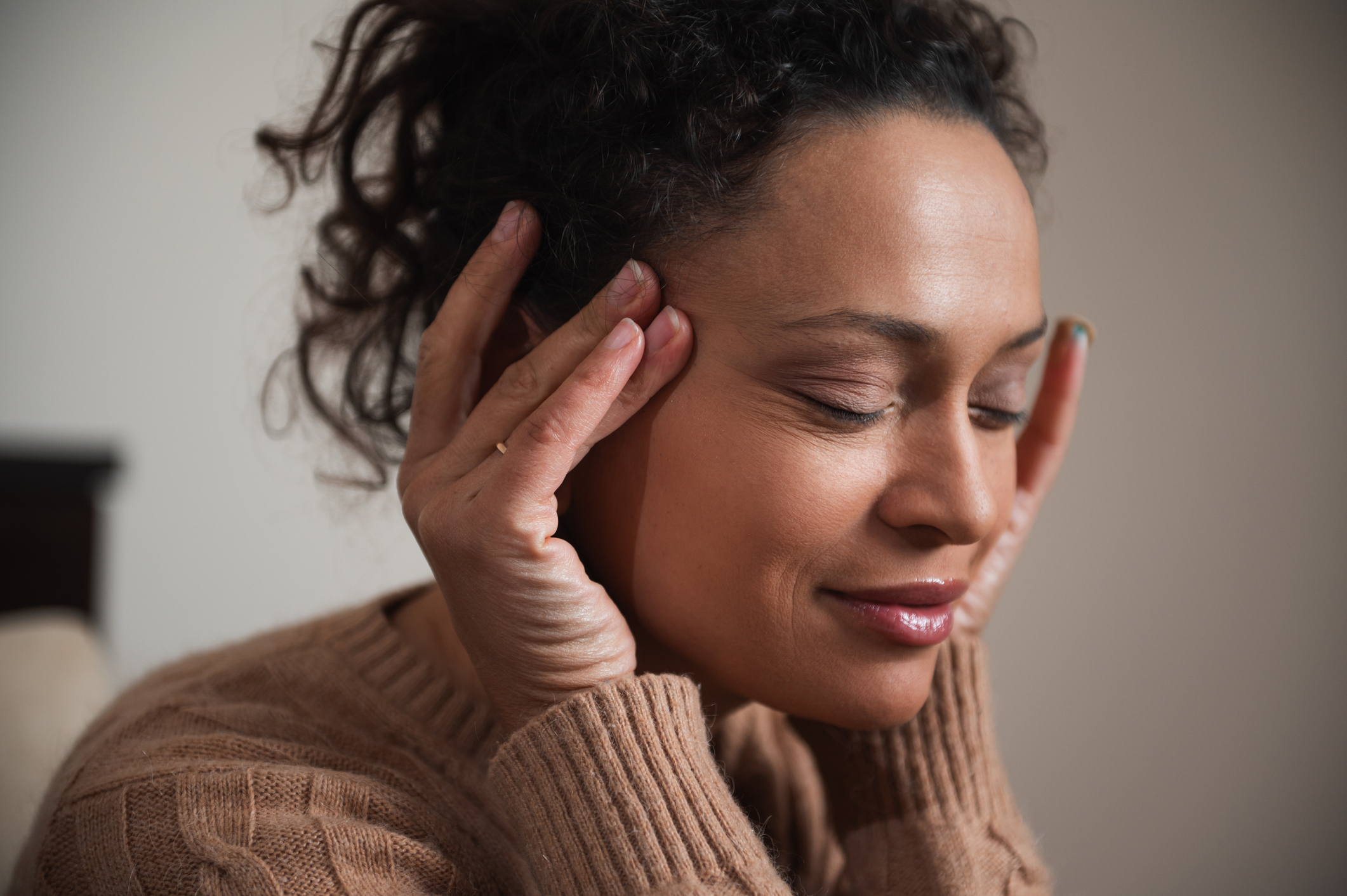
Interested in trying out some basic acupressure techniques? Now that you’ve learned about the fundamentals of acupressure and understand the safety precautions, let’s discuss how you can practice it on your own to improve your wellbeing. Let’s start by learning the basics!
When stimulating the acupoints, you can use your thumb or fingers to apply pressure. Pressure should be at a 90 degree angle to the surface of the skin, with firm, steady, and noticeable pressure.
Acupressure should not be painful or uncomfortable. It is possible to cause bruising and lingering pain if pressure is too aggressive.
For best results, apply acupressure multiple times per day. If performing several times throughout the day, you might want to do shorter sessions. Before starting, review these guidelines:
Do
- Start with lighter, sustained pressure until tolerance is determined.
- Slow, gentle kneading of a point using the thumbs or fingers is appropriate in larger muscle groups to relieve pain and stiffness, in areas like the shoulders, neck, and low back.
- Apply pressure to each point for 15-30 seconds to start, extending to 1-2 minutes per point, based on tolerance.
Don’t
- Use deep, unrelenting tissue pressure.
- Use aggressive friction when applying pressure, i.e., excessive rubbing, rapidly rubbing in an isolated area.
- Go to areas of previous tissue damage, i.e., bruises, burns, line insertion site.
Now let’s learn some sequences to help address headaches, gastrointestinal issues, and mental health. Click through the options below to learn about each sequence.


